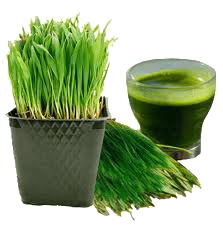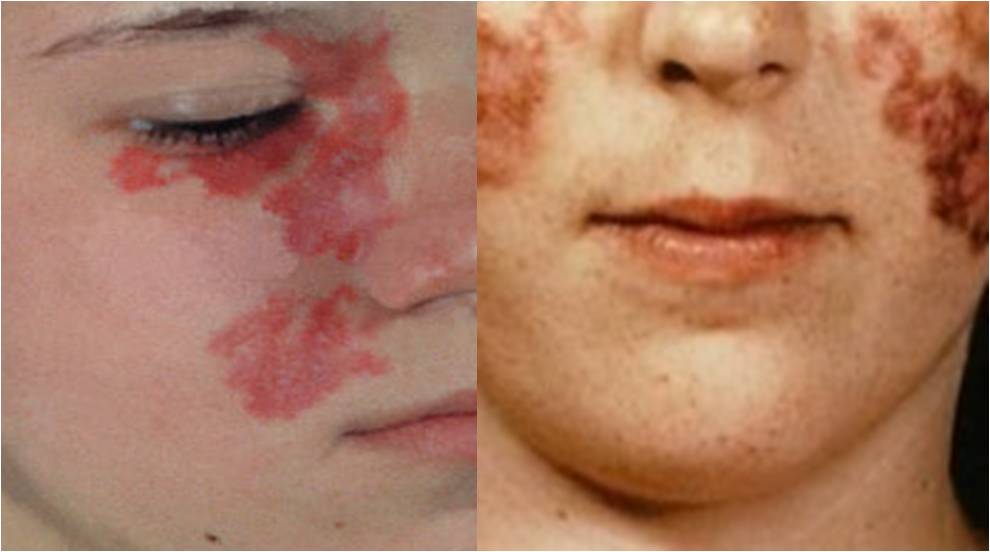
Wheatgrass for Healthy Life!
What is Wheatgrass? Wheatgrass is the only plant known at this time that will uptake all of the elements and make them bio-available to the human body. It contains chlorophyll, 20 amino acids, several hundred different enzymes not found in other foods, as many as 90 out of 102 possible minerals, vitamins and other important nutrients. It is perfect for dieters, athletes, and people on the go, who want to maintain a healthy immune system or simply anyone who wants to feel GREAT. Wheatgrass is the young grass stage of wheat grain plants, taken just after sprouting. It contains 70% chlorophyll, chlorophyll being the basis of all plant life. Science has proven that chlorophyll arrests growth and development of unfriendly bacteria. In 1958 Dr. Ann Wigmore was singly most responsible for popularizing wheatgrass for its healing properties. She tested various weeds and grasses from all over the world at the Hippocrates Health Institute in Boston, and wheatgrass was her favourite due to its high nutrient content. Growing Tips 1. Fill the tray with the organic compost mixture. 2. Sprinkle one handful of mineral fertilizer over the soil, evenly, to ensure the highest nutritional value of the grass you grow. 3. Place 150-200 grams of the wheat grain seed into a jar, fill with water, and soak overnight. 4. Soak the wheat grain seeds in a dark place in the jar for 2-3 days until the seeds are converted to tiny sprouts. 5. Plant the sprouted seeds by gently spreading it evenly over the top of the soil, not buried in the soil. 6. Spray the water on the tray of wheatgrass seed thoroughly, making sure not to disturb the seeds. 7. Take 6 to 8 pages of newspaper and completely cover the tray so that as little light as possible reaches the seed. Soak the newspaper completely with the watering can. This will help the seeds to sprout. 8. For the next 2 to 3 days, keep newspaper wet. If newspaper dries out, the root hairs of the wheat will dry out and the grass will not come up well. A piece of plastic can be laid over the newspaper to keep in from drying out. On the second day take the newspaper off and water the grass and then place the newspaper back on for one more day. 9. When the grass is one to two inches tall, remove the newspaper and expose to indirect light. If it is completely hot outside, put the tray in the shade. If you grow it inside the house, drain over your sink, and then put grass near a window. 10. Once the wheatgrass are set out in the light, they need to be watered every day. 11. Begin to harvest the grass when it is six to seven inches tall. 12. You can only harvest when you are going to juice at that time or you can harvest the whole tray. If you harvest the whole tray put it into a plastic bag and store in your refrigerator. 13. Each tray harvests approximately 14 ounces of juice. 14. One ounce of wheatgrass a day to begin with is ideal, working up to 4 ounces. Wheatgrass juice can be taken on an empty stomach, several times a day. Benefits Amino Acids The action of amino acids on cells in the process of self-renewal rejuvenates and prolongs life. Wheatgrass contains the following amino acids: Absenisic Lysine – anti-ageing Leucine – energy and nerve stimulation Tryptophane – skin and hair growth Phenylalanine Theronine – digestion and assimilation Valine – brain/muscle co-ordination Methionine Alanine – blood builder Arginine Glumatic acid – mental alertness Aspartic acid – energy Glycine – energy Proline – glumatic acid absorption Serine – brain stimulation Isoleucine – growth in infants Chlorophyll Wheatgrass is rich in chlorophyll, which is the basis of all plant life. Through photosynthesis, the proteinous compound called chlorophyll converts the suns energy into chemical energy, used by plants and animals. Chlorophyll helps to destroy free radicals. 15 pounds of wheatgrass is the equivalent of 350 pounds of carrots, lettuce, celery, and so forth. It contributes to healthy metabolism and blood circulation which keeps the heart and blood vessels clear and healthy. Body Cleanser Wheatgrass juice is good for the health of the stomach and digestive system. Body Builder Chlorophyll (wheatgrass juice) has a nearly identical chemical structure to haemoglobin (red blood cells), which is the body’s critical oxygen and iron-carrying blood protein. Wheatgrass is high in oxygen. The brain and all body tissues function at an optimal level in a highly oxygenated environment. Wheatgrass Juice helps to stimulate metabolism and contains enzyme systems and an abundance of alkaline minerals. Nutrients Wheatgrass juice has more than 90 organic minerals, including calcium, magnesium, potassium, iron and sodium, which aid in maintaining digestion, metabolism, oxygen transport and fluid regulation throughout the body. Organic minerals found in wheatgrass juice are more easily absorbed and utilized by the body than synthetic pill forms. The following vitamins are found in wheatgrass juice: Vitamin A: essential for healthy eyes, skin and growth – also an important antioxidant and immune system component. Vitamin B: helps the digestive system and adrenal glands; essential for normal brain and body formation. Vitamin C: maintains health of skin, eyes, muscles, joints, teeth and gums. Vitamin E: an essential antioxidant that protects tissue cells and maintains healthy skin. Vitamin E also helps the body to use oxygen, whilst benefiting the blood and blood vessels. Enzymes Enzymes are the catalysts that spark biological and chemical reactions in the body. They’re important active ingredients in wheatgrass juice, and are vital for the body’s well-being. Here are some of the enzymes found in wheatgrass: Protease: aids in protein digestion. Amylase: facilitates starch digestion. Superoxide Dismutase: helps to maintain healthy cells. Cytrochrome Oxidase: an anti-oxidant used for proper cell respiration. Transhydrogenase: keeps heart muscle tissue toned. Lipase: fat-splitting enzyme. Wheatgrass for Curing Cancers: How It Works? The oxygen is a bullet to kill the cancer

